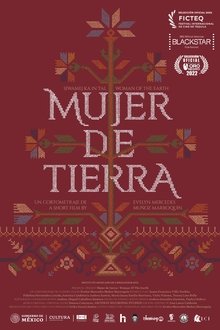This fascinating 60s tour catches London's South Bank in the middle of a cultural metamorphosis.
Related Movies
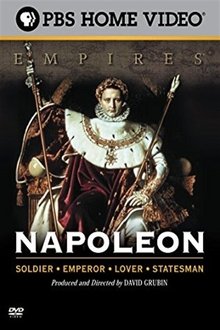
Napoleon (2000)
In David Grubin's NAPOLEON watch Napoleon's rise from obscurity to victories that made him a hero to the French people and convinced him he was destined for greatness. Learn of his love for Josephine Beauharnais, and his rise to Emperor. Witness his extraordinary achievements and ultimately his fall, his final battles, his exile to Elba, and his defeat at Waterloo. For nearly two decades he strode the world stage like a colossus -- loved and despised, venerated and feared. From his birth on the rugged island of Corsica to his final exile on the godforsaken island of St. Helena, NAPOLEON brings this extraordinary figure to life.

The 42nd of Foot - Black Watch - Dress and Equipment at Waterloo (NaN)
This film shows the kit and equipment that the 42nd of Foot, The Black Watch wore and used at Waterloo. The Battalion was in 9 Bde of Picton's 5th Division and fought at Quatre Bras and Waterloo. The 8 British Battalions in Picton's Division were all Peninsula Battalions and most probably the most relaible in Wellington's Army. Hence their use at Quatre Bras and their position at Waterloo. The Division lost 43% of its men as casualties at Waterloo including Picton himself, Wellington's greatest fighting general.
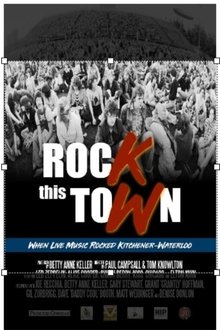
Rock this Town (2022)
An insider’s look into the gritty reality of building the local live music scene, Rock This Town brings to life the exciting history of rock music concerts in KW from the 1960s & ‘70s. Rock stars come and go but live music is here to stay!
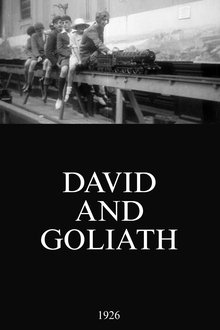
David and Goliath (1926)
A gleaming giant of steam and its cute Lilliputian cousin are an even match in this newsreel battle of the trains.

The Waterloo Collection: Hougoumont and D'Erlon's Attack (NaN)
Following on from Ligny and Quatre Bras, Part II starts by focusing on the concentration of the Allies on the ridge of Mont St Jean and the plans of the opposing armies. While the guns of the Grand Battery thundered in the centre, French columns bore down on the Hougoumont chateau and farm complex, which protected Wellington's flank held by the Guards and their German allies. Thus began an epic 'battle within a battle' that sucked away valuable troops from Napoleon's main attack, causing Wellington to declare that 'the battle turned on the closing of the gates at Hougoumont'.Meanwhile D'Erlons Corps attempted to bludgeon its way through Wellington's centre, not knowing that the British and Dutch line was in waiting on the reverse slope. Upon seeing the French advance, the British released a disciplined volley of musket fire that checked the French. A further brilliantly timed charge by the Household and Union Cavalry Brigades finally saw the French off.

Cavalry Charge: La Haie Sainte & Plancenoit - The French and Prussian Attacks (2011)
Following on from Hougoumont and D'Erlon's Attack, Part III starts just as the great battle reaches its crisis point. Marshal Ney launched thousands of France's finest heavy cavalry against Wellington's thinning lines who had already taken a terrible battering on the Mont St Jean Ridge. Wave after wave of armoured horsemen broke against the steady squares of British, Dutch/Belgian and German troops. The crisis, however, took a further turn for the worse as the key bastion in Wellington's centre, the fortified farm of La Haie Sainte, fell to the French onslaught. The way to Brussels was now open and Wellington muttered, 'Give me Blucher or give me night'. With the situation looking bleaker by the second for Wellington and his troops, Napoleon fatefully hesitated to complete the coup de grace as the Prussians had closed in on his right flank at the Village of Plancenoit. Would the Young Guard be able to hold Blucher's men? There was all still to play for.

Victory and Pursuit: The Waterloo Collection - Part 4 (NaN)
This final part takes us through the dramatic events when Wellington’s Anglo-Dutch Army aided by Blucher’s Prussians defeat Napoleon. The French army was outfought and Napoleon was out-generaled by Wellington. At Wavre Grouchy beat the Prussian rearguard before retreating to France. Meanwhile, the Anglo-Dutch army counted the bloody cost of the previous days fighting while Wellington wrote his controversial Waterloo Dispatch and the vengeful Prussians pursued the French towards Paris, leading to Napoleon's abdication and the occupation of the city by the Allies.

The Waterloo Collection: Ligny and Quatre Bras - Part 1 (2011)
This film gives an overview of Napoleons return to France in 1815 before covering in detail the Battles of Ligny and Quatre Bras. Filmed on the Battlefields in Belgium using re-enaction footage expert Presenters follow the Emperors brilliant initial plan which however soon begins to fall apart due to flaws in the French staff, Napoleons arrogance and the courage and fighting ability of the Allied Troops. Both these battles deserve to be better known but they have been overshadowed by Waterloo the culmination of the Campaign
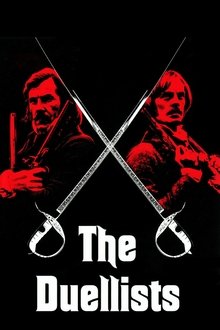
The Duellists (1977)
In 1800, as Napoleon Bonaparte rises to power in France, a rivalry erupts between Armand and Gabriel, two lieutenants in the French Army, over a perceived insult. For over a decade, they engage in a series of duels amidst larger conflicts, including the failed French invasion of Russia in 1812, and shifts in the political and social systems of Europe.
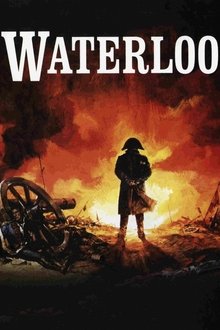
Waterloo (1970)
After defeating France and imprisoning Napoleon on Elba, ending two decades of war, Europe is shocked to find Napoleon has escaped and has caused the French Army to defect from the King back to him. The best of the British generals, the Duke of Wellington, beat Napolean's best generals in Spain and Portugal, but now must beat Napoleon himself with an Anglo Allied army.
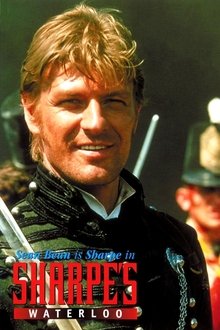
Sharpe's Waterloo (1997)
Based on the novel by Bernard Cornwell, "Sharpe's Waterloo" brings maverick British officer Lt. Col. Richard Sharpe to his last fight against the French, in June of 1815.
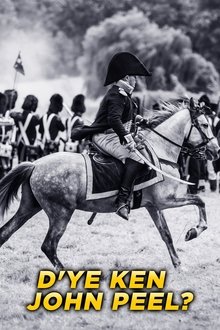
D’Ye Ken John Peel? (1935)
Major John Peel returns to England, following Napoleon's Waterloo defeat, and renews his acquaintance with Lucy Merrall, but she tells him she is engaged to be married. He later learns that, Cravens, the man she is to marry already has a wife. He also learns that Craven cleaned out Lucy's father in a crooked gambling game, and Lucy is paying the price to hold the family home together.
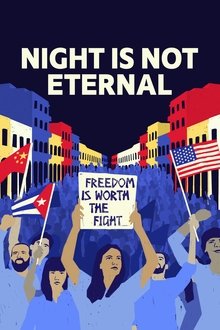
Night Is Not Eternal (2024)
For seven years, award-winning Chinese-American filmmaker Nanfu Wang follows Rosa María Payá, daughter of the five time Nobel Peace Prize nominated activist, Oswaldo Payá, in Rosa's fight for democratic change in Cuba. Rosa's narrative is interwoven with Wang's poignant reflections on her Chinese upbringing and her observations of eroding democratic norms in the U.S., revealing unsettling similarities to the authoritarian system she left behind.
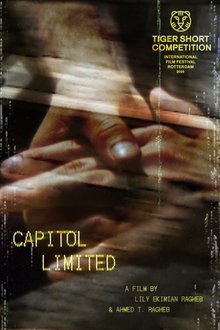
Capitol Limited (2024)
A couple’s wedding day and an Amtrak train route are intertwined in this personal exploration of marriage and contemporary America. An enormous story – a train journey, a wedding and a tragedy – all in two minutes. A remarkable example of cinematic economy of means, the film’s brevity does not deter from its impact. Based on true events.
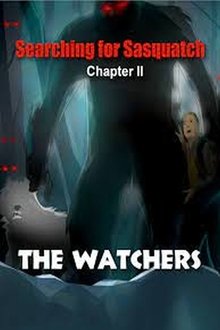
Searching for Sasquatch Chapter II The Watchers (2021)
Jason Kenzie goes back into the deep forests of British Columbia in search of the legendary Cryptid creature known as Sasquatch and as Bigfoot in the United States.
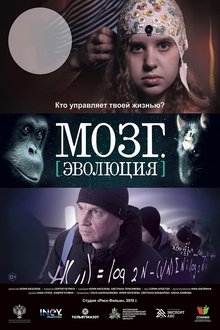
Brain. Evolution (2019)
In the film, we look into the future. How does scientific knowledge change our worldview, culture and environment? On the one hand, the development of technology expands our boundaries of freedom - we live longer, learned to establish communication with paralyzed people, etc. But the more scientists learn about the brain, the more questions arise. Back in the 1980s, Benjamin Libet conducted experiments that, according to many scientists, proved that man does not have free will. Neuroscientists say that our behavior and decisions depend only on the activity of neurons.

Jordan River Anderson, The Messenger (2019)
The story of a young boy forced to spend all five years of his short life in hospital while the federal and provincial governments argued over which was responsible for his care, as well as the long struggle of Indigenous activists to force the Canadian government to enforce “Jordan’s Principle” — the promise that no First Nations children would experience inequitable access to government-funded services again.
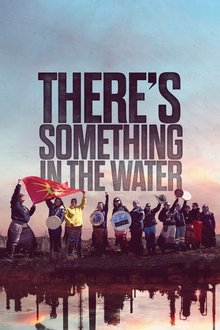
There's Something in the Water (2019)
Elliot Page brings attention to the injustices and injuries caused by environmental racism in his home province, in this urgent documentary on Indigenous and African Nova Scotian women fighting to protect their communities, their land, and their futures.
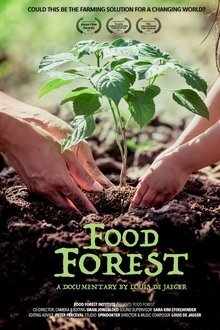
FoodForest (2022)
In this documentary, landscape architect Louis De Jaeger outlines how food forests can save the earth from suffocation, resuscitate communities, make agriculture sustainable, reverse global warming and still produce an abundance of food. This film takes you on a trip through the secret gardens of food forest pioneers. From urban jungles to healing projects in psychiatric institutions. Because nature appears to be the best healer for the social, psychological and ecological scars that people have caused. If we give nature's resilience a chance, together we can create a new Eden. In fact, pieces of this new paradise are already visible.
